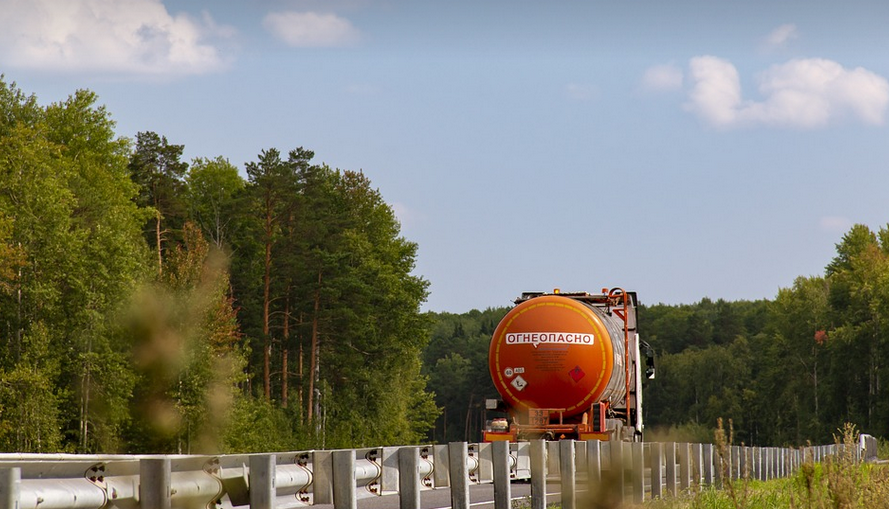Dive into the World of Plant Cells
Okay, so you’re curious about how plants function? You wouldn’t believe how much goes on inside those tiny cells that make up a tree. Think of it like this – each plant cell is a bustling metropolis with its own set of rules and residents. From the towering redwood to your backyard sunflower, every plant uses the same fundamental processes for life. It starts with water absorption, nutrient uptake, energy creation, and then, finally, the transport of all these resources throughout the plant – it’s like an intricate highway system within each cell! Let’s dive into the exciting world of plant cell transport in a way that’s easy to understand. We’ll be breaking down the key players, exploring the pathways they take, and understanding how this system keeps plants thriving.
The Essential Players: A Closer Look at Plant Cells
The foundation of all movement within plant cells lies in their specific structures: the cell membrane, cytoplasm, and organelles. * **Cell Membrane:** Imagine a protective barrier surrounding a building. This is exactly what the cell membrane does for plant cells! It’s a thin, flexible layer that regulates what goes in and out of the cell, controlling communication between the cell and its environment. Think of it as a bouncer at a club – it carefully decides who gets to enter or exit. * **Cytoplasm:** This is the jelly-like substance that fills up the inside of the cell, much like the inner workings of a bustling city. It’s where all the cellular action takes place! As in a city, there are different areas within the cytoplasm, each with their own specialized roles to play. * **Organelles:** These are like mini-factories working within the cell, each having its own unique function. For instance: * **Mitochondria:** The powerhouse of the cell, these are responsible for generating energy through a process called cellular respiration. Think of them as the power plants inside the plant’s “city.” * **Chloroplasts:** These play a critical role in photosynthesis – creating food using sunlight! They literally capture and convert light into energy for the plant to use. * **Endoplasmic Reticulum (ER):** This system is like a complex network of roads, pathways, and warehouses all within the cytoplasm. It plays a vital role in transport and production. * **Golgi Apparatus:** Think of this as the packaging and delivery center for the cell. It receives proteins from the ER and processes them for their final destination throughout the plant.
The Transport Network: How Plant Cells Carry It All
Now, let’s talk about how these “cellular highways” transport goods within the plant. * **Diffusion:** This is like a natural process of spreading out – molecules just move from an area of high concentration to low concentration until they are evenly distributed. It’s like spreading flour in a room; it naturally will go from one side to another, filling up all spaces! * **Facilitated Diffusion:** A little bit more complex, but still natural. Some molecules need help getting through the cell membrane due to their size or charge. This is where specialized proteins act as ‘gatekeepers’ – they open and close to allow specific molecules to pass through the membrane. It’s like a car drive-thru! * **Active Transport:** This one requires energy – kind of like having to pay for parking in a crowded lot. For some molecules, moving against the concentration gradient (downhill) needs energy to get them where they need to go. This is essential because it ensures important molecules reach their destination even when there’s an uneven distribution. * **Bulk Flow:** This is a special process used by some plants for efficient transport of large amounts of water and nutrients from roots to leaves, often through a kind of “pipeline” system within the plant.
The Power of Water: A Key Player in Plant Transport
Water is vital for plant life because it plays a crucial role in various cellular processes, like photosynthesis and nutrient transport. Water moves up the plant’s ‘system of tubes,’ driven by several key factors: * **Transpiration:** This is the process of water movement through a plant from roots to leaves via evaporation. Think of it as an “uphill climb” – water constantly evaporates from the leaf surfaces, pulling more water upwards! * **Root Pressure:** The roots create pressure due to actively absorbing nutrients and water from the soil. This acts like a spring-loaded pump pushing up the water column in the plant. * **Water potential:** Another important factor is the “water potential” – how much free energy a water molecule has to move. **A Plant’s Secret Weapon: Transport Systems for Efficient Delivery:** Plants have developed sophisticated transport systems to efficiently deliver vital nutrients and materials within their cells and throughout the plant. These include: * **Phloem:** This is like an intricate ‘highway system’ that transports sugars (produced during photosynthesis) from source areas like leaves to sink areas where they’re needed, such as growing roots or fruits. * **Xylem:** This acts as a “pipeline” for water and mineral transport throughout the plant. It uses cohesion and adhesion to transport water upward against gravity. It’s like a long-range delivery system! **Understanding Plant Cell Transport: A Journey of Lifeblood** Plant cell transport is essential for their growth, development, and survival. By understanding this intricate network of pathways and processes, we can appreciate the incredible complexity and efficiency of these miniature living worlds. Let me know if you have any more questions. We’ll dive deeper into specific examples in the next section!
